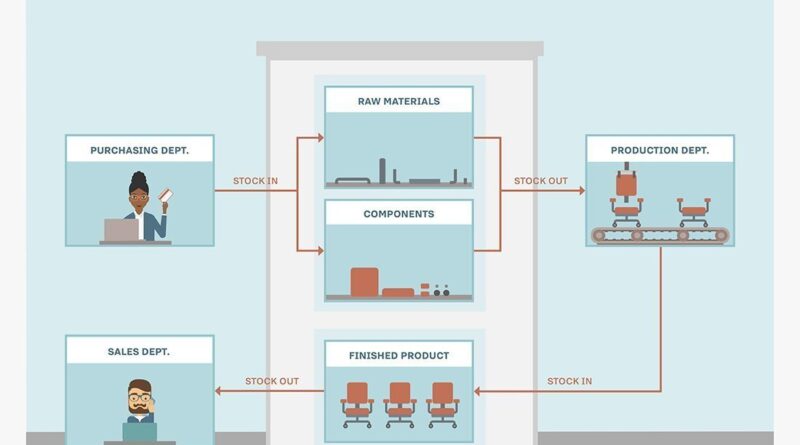Understanding Product Stock and Inventory Management
For any business, one of the most vital aspects of success is managing Product Stock / Inventory Management especially in the case of E-commerce. Proper inventory management allows businesses to track their products, reduce costs, and avoid stock shortages or excess.
Whether you have a small online store or own a massive enterprise, inventory management will likely enhance customer satisfaction and boost your profits.
Why Product Stock Matters?
Product Stock / Inventory Management (สต๊อกสินค้า, which is the term in Thai) makes sure that you always have the right products available whenever customers want them. Here are a few reasons:
- Avoid Stockouts: If stock comes to a halt, sales are missed, and customers become disgruntled, which ensures that there is adequate inventory to meet demand.
- Minimize Overstocking: Stocking too much ties up capital and storage space and inventory management avoids over stocking of items.
- Improve Customer Satisfaction: Proper availability of products on time builds trust and better customer retention. Indicates that your business genuinely cares about customer needs and consistent stock levels also lead to repeat orders and positive reviews.
- Reduce Operational Costs: Organised inventory systems help to curtail overhead charges related to storage and prevent wastage of products.
Essential Tools for Inventory Management
A lot of time would be wasted checking inventory manually and there is a chance of getting errors too. However, it can be easily complicated, so use a Free Excel Receipt Template (แบบฟอร์ม ใบเสร็จรับเงิน excel ฟรี, which is the term in Thai) as such templates allows businesses to effectively organize stock information, decreasing time and reducing errors.
Modern inventory software includes advanced features like real- time tracking, low stock notifications and detailed reporting, which enable business to scale up operations and improve overall efficiency.
Strategies to Optimize Inventory Management
• Track Inventory Regularly:
Analyze stock levels regularly to identify fast-moving items and low-demand products and this allows you to restock fast-selling products on time and get rid of your slow sellers.
• Use Data For Demand Forecasting:
Analyze old data of sales to predict future demand and this avoids both over-purchasing and not stocking products.
• Organize Your Warehouse:
Organize items in a way that makes sense to make order fulfillment faster. Classification and tagging of products minimize errors and quickly filling the products in bags.
• Leverage Technology:
Work on inventory management systems is an automation process and they simplify tracking, forecasting, and reporting processes.
Conclusion
For any business aiming to flourish even in a competitive market, effective Product Stock / Inventory Management is a must. It lowers operational expenses, increases customer service, and prevents your business from breaking-down.
Whether you are an SMB or a corporate giant it provides efficiency to the consumer which ensure all your records are kept in tidy and systematic order. With the effective use of technology, make sure your inventory reinforces your vision for the future of your business.

